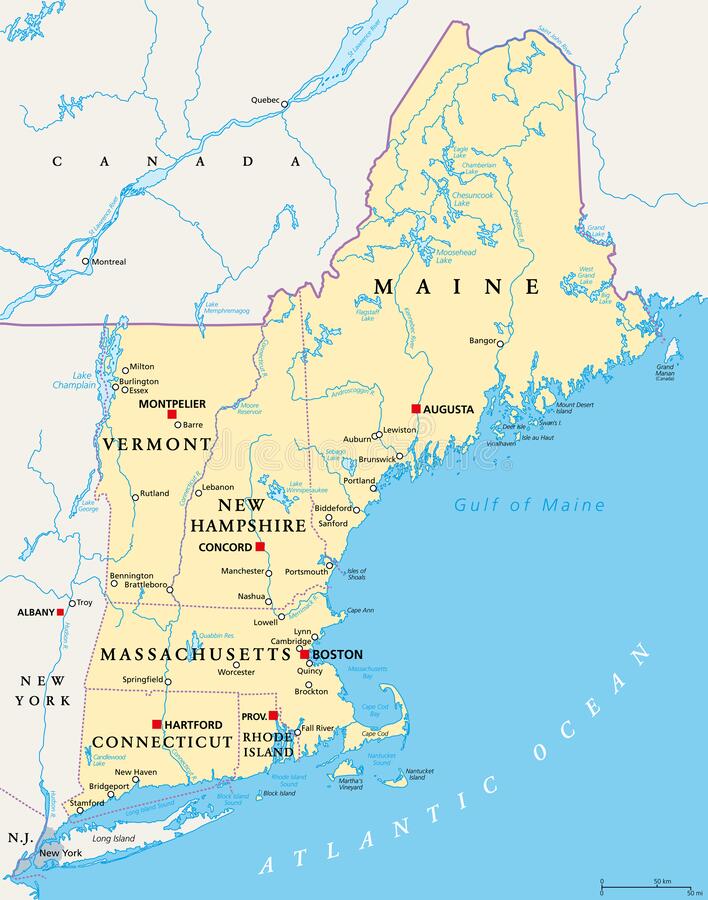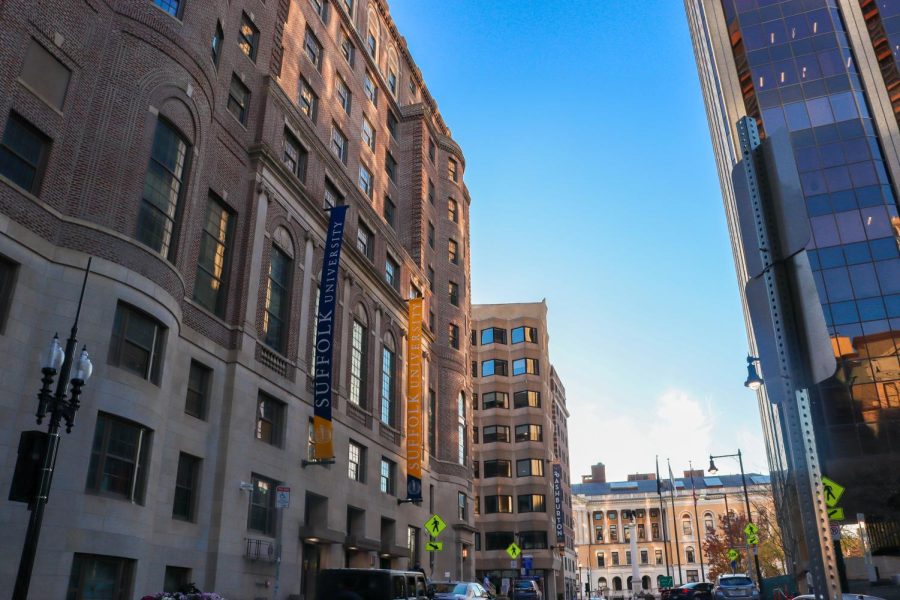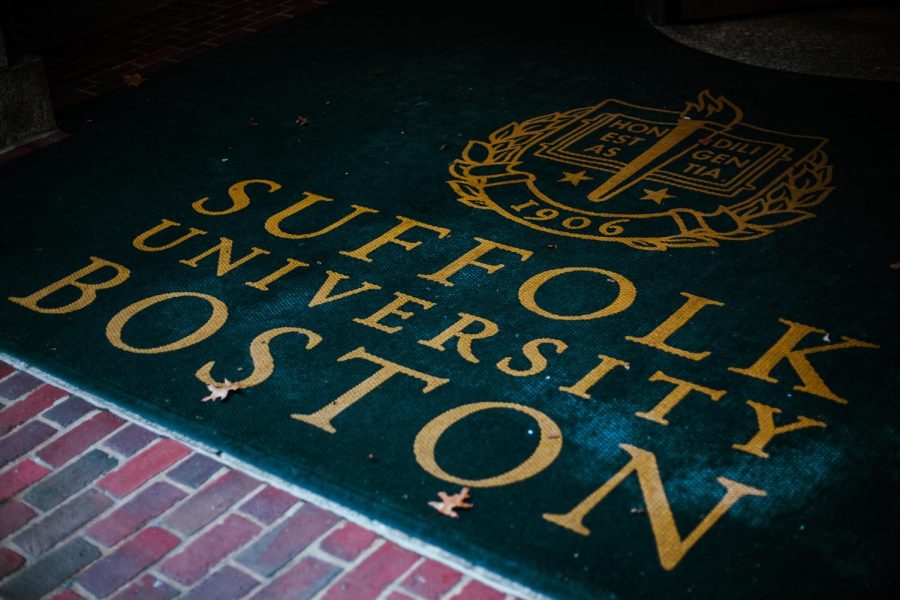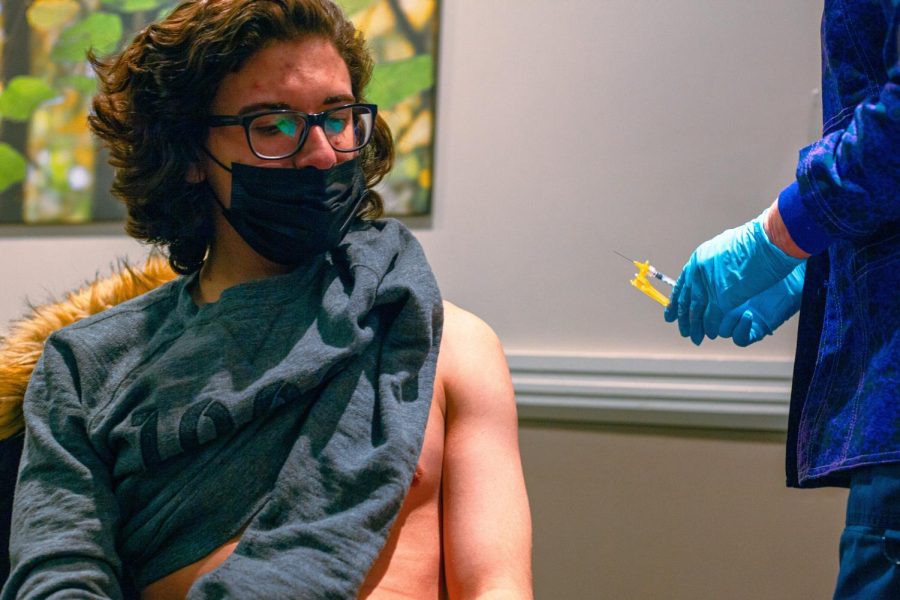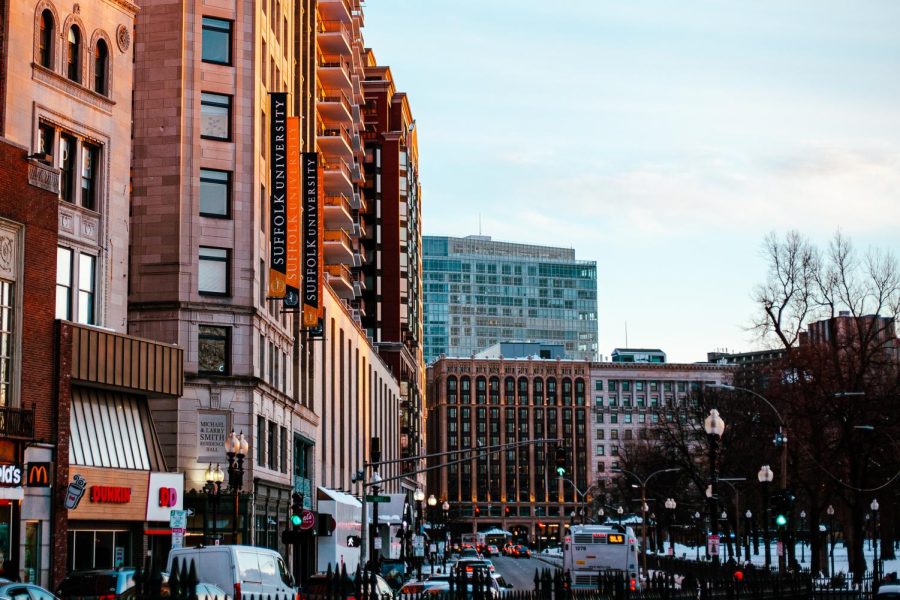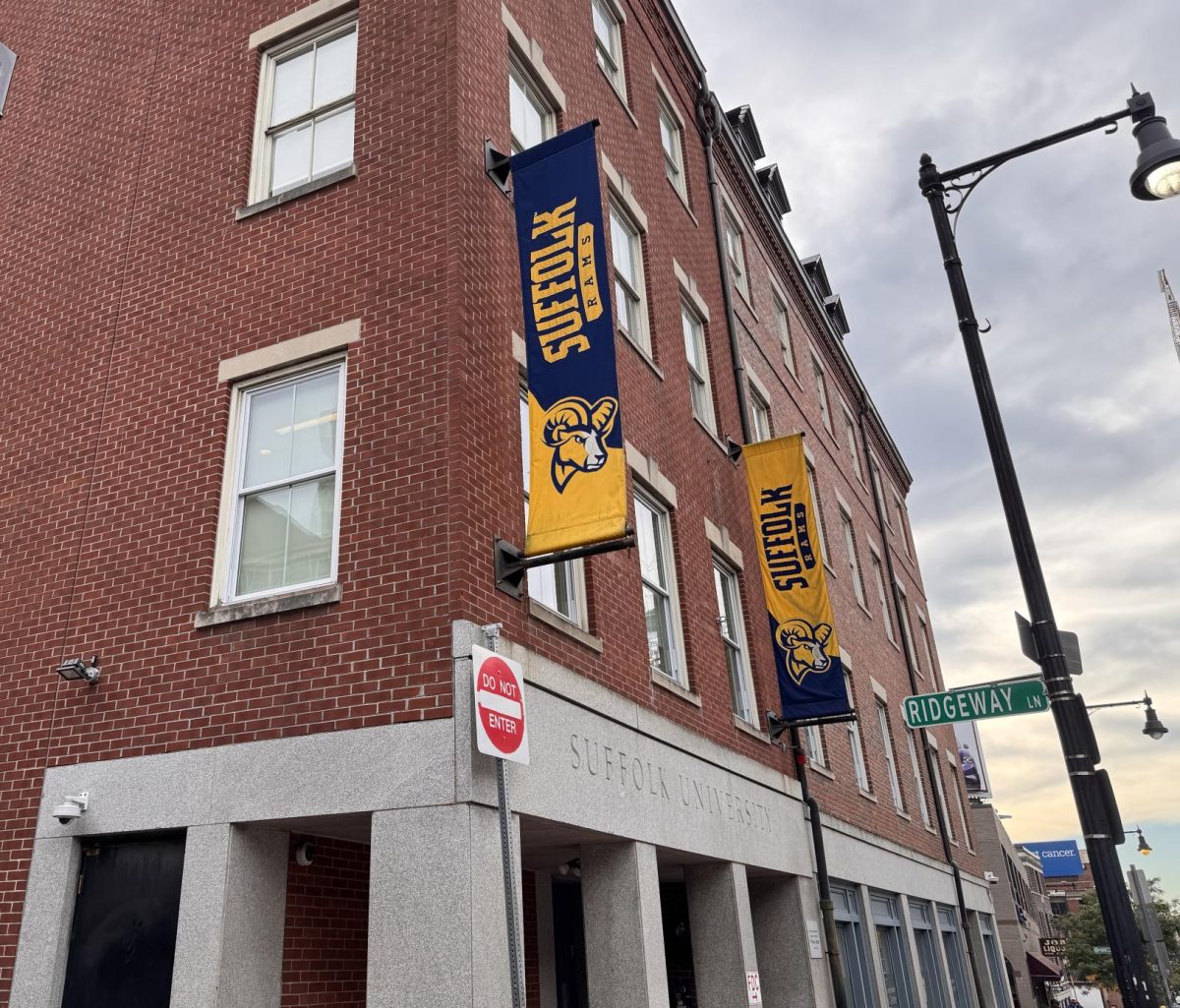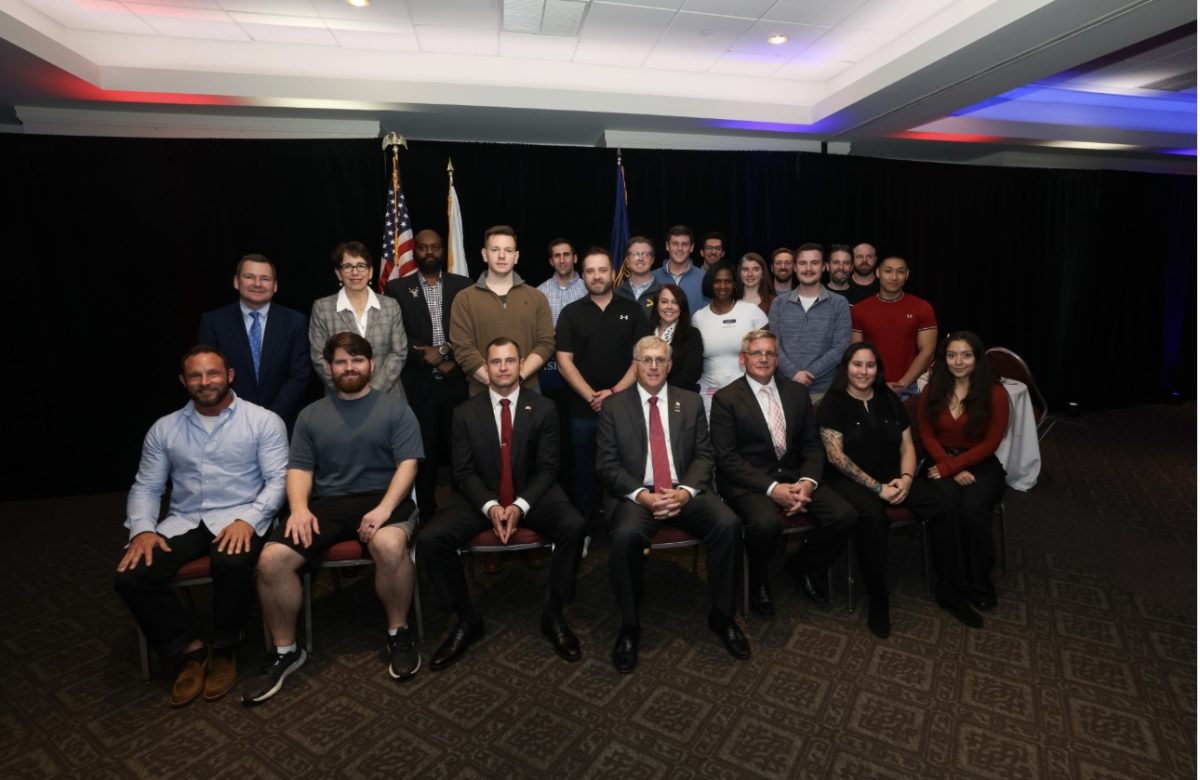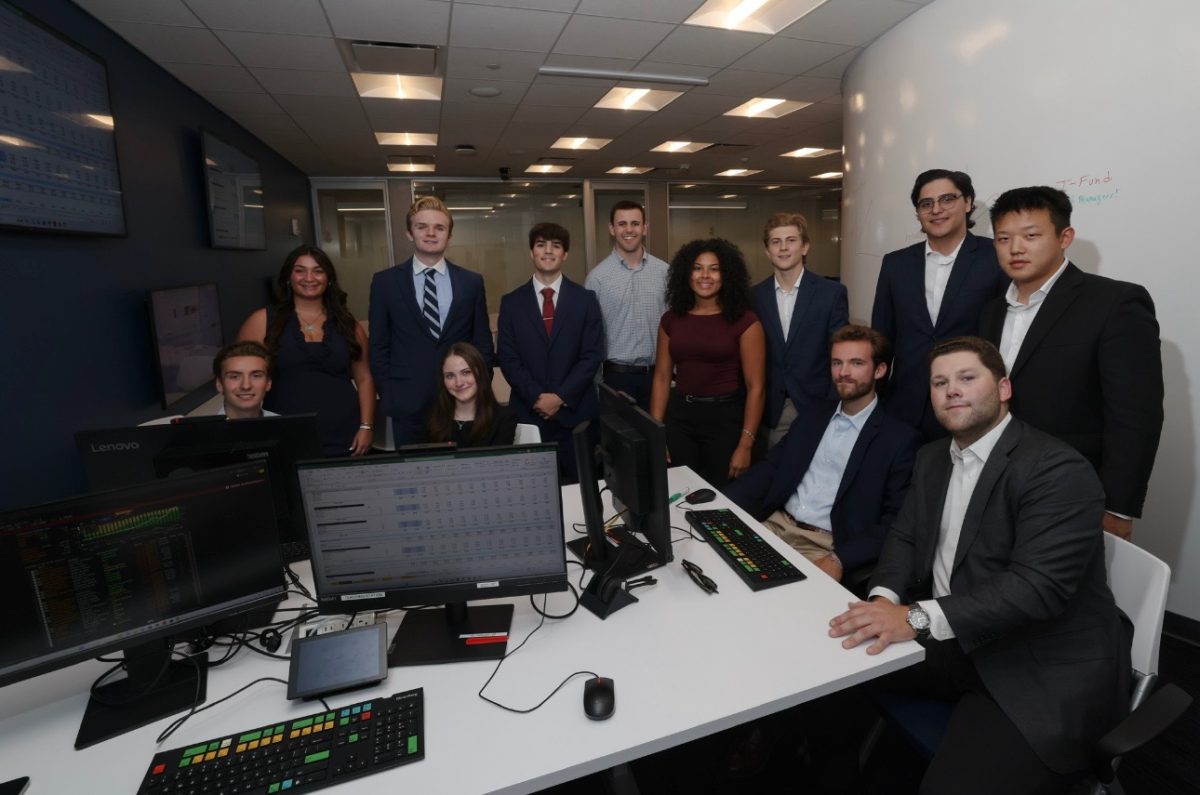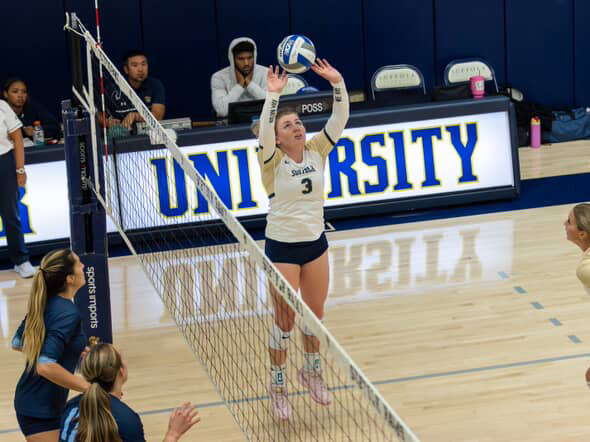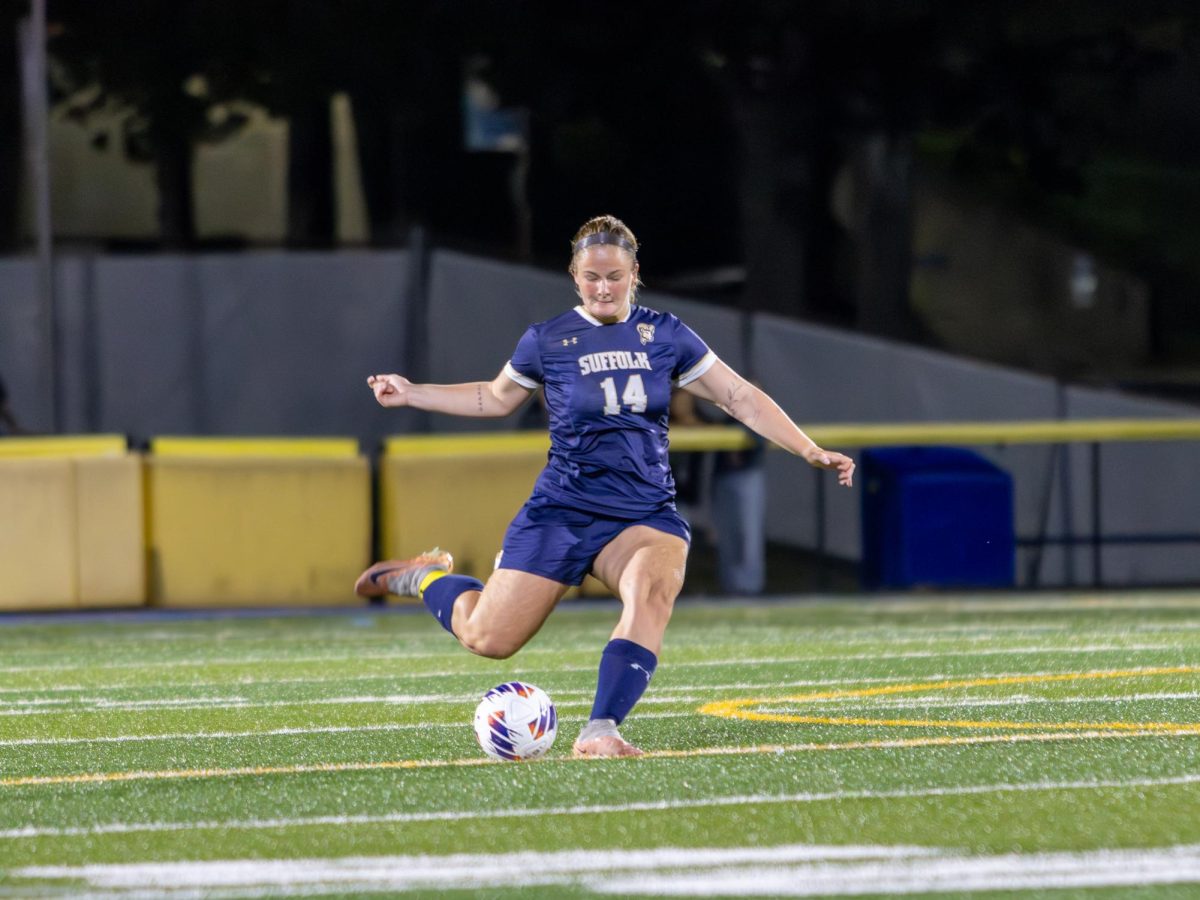Although New England has a lower amount of overall COVID-19 infections compared to other areas of the country, the region is still seeing a rapid increase in cases; a trend worrying Suffolk University students as the holiday season settles in.
Sophomore Tara Maltese, who is living at home in Maine this semester, worries winter break will cause another increase.
“With college kids coming home soon, not all of them are necessarily going to get tested, and Maine’s numbers are already expected to increase [considerably],” said Maltese, “I’m really concerned that the numbers will spike exponentially.”
Maine, New Hampshire and Massachusetts currently hold some of the highest rates for how quickly COVID-19 is spreading throughout the state, according to the website rt.live.
The website tracks data from The Covid Tracking Project, which sources its information from public health officials’ websites.
According to the website, its ranking tracks the Rt, which is calculated based on the effective reproduction rate of COVID-19. This essentially allows the website to estimate how many people are likely to be infected by one contagious person.
If the R number is above 1, the virus will spread more quickly than if it is estimated below 1.
Many New England states’ infection rate trends have been climbing throughout the past two months. Experts say that the low cases and progress made in the summer months lead people to have a sense of complacency.
As of Dec. 1, New Hampshire’s R number was estimated at 1.29, Massachusetts was estimated at 1.09, Maine was estimated at 1.06 and Vermont had an estimated 1.02.
Two months ago, Vermont was estimated at 1.25, Massachusetts had an estimated 1.13, New Hampshire was estimated at 1.11 and Maine was estimated at 1.03.
In addition to tracking the R number, these states are also seeing an increase in their case numbers, positivity rate and testing volume. New Hampshire, Vermont and Maine have all had record-breaking case numbers this fall, causing a worrisome pattern for the holiday season.
For Suffolk University students hoping to travel home across New England for the holidays, these trends can be distressing. Suffolk University sophomore Madison Colburn, who elected to be fully remote this semester from her home state of Vermont, is concerned for what the holidays will bring.
“I’m concerned that people won’t follow the 14-day quarantine rule,” said Colburn. “I believe a lot of people are going to come home and they’re going to resume their normal lives and hang out with friends.”
Colburn, who lives in Lyndonville, a small town in the Northeastern part of Vermont, said that some people in her community have become too relaxed with following guidelines.
“I’m frustrated because [Vermont] was one of the best states, but the fact that people got so complacent in everything that it’s causing us to have an increase in cases,” said Colburn. “It’s frustrating for people like me and my family, who have followed all the rules, compared to those who don’t even believe in it.”
Vermont Governor Phil Scott said in a Nov. 17 press conference that despite recommendations to limit gatherings for Halloween, people still got together.
“As a result, in addition to requiring quarantine for all non-essential travel, we unfortunately had to ban multi-household gatherings,” Scott said.
This ban changed how families could celebrate Thanksgiving, and likely how they will come together for the upcoming holidays.
The Maine Center for Disease Control (CDC) reported 249 new cases and three deaths on Monday, and 224 new cases on Sunday, with a seven-day daily new case average of 174.1.
Maine Governor Janet Mills has announced many new restrictions to attempt to curb the exponential spread. As of Nov. 19, all businesses, indoor and outdoor, that offer seated food and drink service have a mandatory closing time of 9 p.m. through Dec. 6.
Additionally, as of Nov. 16, Massachusetts was removed from the exemption list and any travelers from the state will have to abide by the 14-day quarantine rule or receive a negative COVID-19 test with a sample taken no longer than 72 hours from arrival in Maine.
On Nov. 5, Mills announced a new executive order requiring people to wear a face-covering in any public setting, regardless of social distancing.
With cases rising not just in her home state, but all throughout New England, Maltese said she’s worried about what winter and the holiday season could bring.
“I have a lot of concerns with [the spike] because I know, when this all started, New England was doing significantly better than a lot of other places,” said Maltese. “I think that we’ve all definitely been slacking on keeping up with those low numbers we’ve had and doing what we need to do in terms of keeping it low.”
Community health is a huge risk, but worries about the economy are also on many people’s minds, including Maltese’s. Maine still sees tourists in the winter, and a spike in cases could cause many businesses to struggle.
New England states have considerably high elderly populations, a group that has been most susceptible to the virus. According to the U.S. Census Bureau, Maine has the highest population of people over 65 in the nation.
Although the data is distressing, Maltese said some people are just tired of it.
“A lot of people just want it to be over,” said Maltese. “I think a lot less people are continuing to listen [to experts] as time goes on because they think it’s ‘fine’ now, but it’s really not.”
Overall, in order to stop the spread throughout New England, people will have to comply with guidelines.
“When I go out, I wear my mask, I use hand sanitizer, but it’s also a community [effort],” said Colburn. “Please, wear a mask.”
Follow Grace on Twitter! @LaverriereGrace


